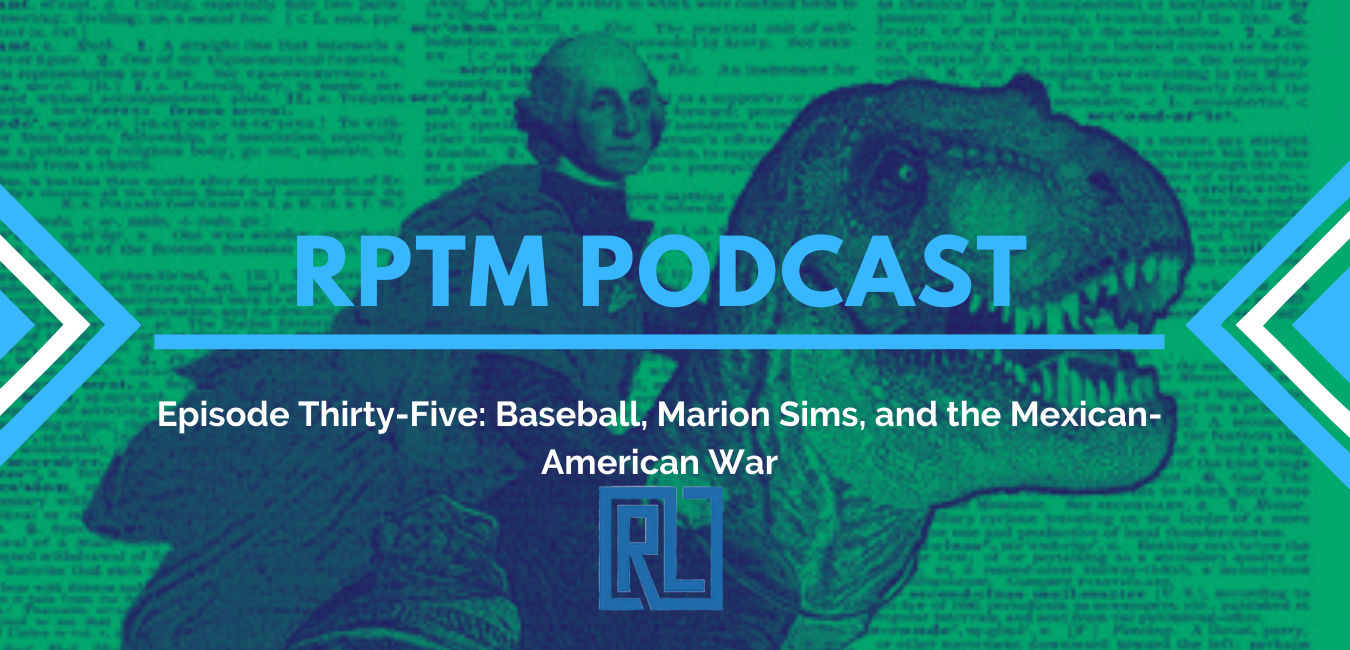|
So, you know all that leftist propaganda that college professors are here to brainwash you with? Well, here it is. Pay attention, comrade. Historical materialism is a methodology used by scientific socialists and Marxist historiographers to understand human societies and their development through history, arguing that historical, social structure changes result from material and technological conditions rather than ideals. In seeking the causes of products and changes in human society, historical materialism focuses on how humans collectively produce the necessities of life. Historical materialism builds upon the idea of historical progress that became popular in philosophy during the Enlightenment, which asserted that the development of human society has progressed through a series of stages, from hunting and gathering, through pastoralism and cultivation, to commercial culture. Historical materialism springs from a fundamental underlying reality of human existence: that for subsequent generations of human beings to survive, they must produce and reproduce the material requirements of everyday life. To summarize, history develops by the following observations. Social progress is driven by improvement in the material, productive forces a society has at its disposal. Humans are inevitably involved in productive relations, which constitute our most socially solid relations. These relations progress with the development of productive forces. They are primarily determined by the division of labor, which tends to select a social class. Production relations are determined by the means and forces of production and set the conditions of their development. For example, capitalism tends to increase the rate at which the forces develop and stresses capital accumulation. The relations of production define the mode of production; for example, the capitalist mode of production is characterized by the polarization of society into capitalists and workers. The superstructure—the cultural and institutional features of a community, its ideological materials—is ultimately an expression of the mode of production on which the society is founded. Every type of state is a powerful institution of the ruling class; the state is an instrument that one class uses to secure its rule and enforce its preferred relations of production and exploitation onto society. State power is usually only transferred from one type to another by social and political upheaval. When a given relation of production no longer supports further progress in the productive forces, either further progress is strangled, or 'revolution' must occur. The actual historical process is not predetermined but depends on class struggle, especially the elevation of class consciousness and organization of the working class. Historians have critiqued such claims of the explanatory power or valid application of historical materialism by arguing that it could explain or explain away any fact brought before it, making it unfalsifiable and thus pseudoscientific. Some have compared historical materialism to the Turk. This 18th-century device was promoted as a mechanized automaton that could defeat skilled chess players but concealed a human who controlled the machine. Despite Marx's claims to scientific objectivity, historical materialism was quasi-religious. Like the Turk, the puppet called 'historical materialism' is always supposed to win. It can do this with no further ado against any opponent, so long as it employs the services of theology, which, as everyone knows, is small and ugly and must be kept out of sight. Others argue that historical materialism is a highly exaggerated claim. They observe that it was clear to many Marxists that society's social, cultural, and ideological superstructure was not under the control of the base but had at least some degree of autonomy. It was also clear that phenomena of the superstructure could determine part of the economic base. Thus historians argue that Marxists moved from a claim of the dominance of the monetary base to a scenario in which the base sometimes determines the superstructure and the superstructure sometimes decides the base, which historians argue destroys their whole position. This is because this new claim is so innocuous that no one would deny it, whereas the old claim was very radical, as it posited the dominance of economics. Historians argue that Marxists should have abandoned historical materialism when its robust version became untenable, but instead, they chose to water it down until it became a trivial claim. Historical materialism seems to lay atop of the ash heap of history. HIGHLIGHTS
CHAPTERS 0:37 Introduction 6:09 Baseball 9:41 The M'Naghten Rule 13:08 J Marion Sims 20:56 Manifest Destiny 28:40 Mexican-American War 33:04 Outro RESOURCES Historical materialism Historical materialism explained Baseball What is Baseball M'Naghten rules truecrimediaries.com/criminal-justice-definitions-and-terms/ What is the M’Naghten Rule – the Basis of Insanity Defenses? The M’Naghten Rule The ‘Father of Modern Gynecology’ Manifest destiny Manifest destiny – American imperialism Mexican American War
0 Comments
Leave a Reply. |
AuthorRyan Lancaster wears many hats. Dive into his website to learn about history, sports, and more! Archives
July 2024
Categories |


 RSS Feed
RSS Feed